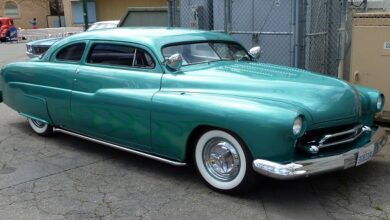Long Range RFID Reader For Logistics Transit Tracking

RFID technology has been around for some time now. It has proven to be a very valuable resource in various industries. One of the most prominent applications is logistics transit tracking.
What is a long range RFID reader?
An RFID reader is a device used to gather information from an RFID tag, which is a small chip that stores data about an object. An RFID reader can be handheld, like the one pictured above, or it can be fixed in place. The most common type of RFID tag is called a passive tag, meaning it does not have its own power source. Instead, it relies on the power emitted by the RFID reader to activate the chip and transmit its data.
A long range RFID reader is a type of RFID reader that is able to read tags from a distance. This is opposed to short-range readers, which have a limited range. Long range readers typically have a range of up to 100 feet (30 meters). Some specialty readers even have a range of up to 300 feet (91 meters).
There are many different applications for long range RFID readers. One common use is for tracking inventory in a warehouse. By placing an RFID tag on each item, a long range reader can be used to track the location of every item in the warehouse. This is much more efficient than traditional methods, such as barcodes, which require line-of-sight and manual scanning.
Benefits of the long range RFID reader
The long range RFID reader is a versatile tool that can be used for a variety of purposes, including logistics transit tracking. This type of reader offers many benefits over other types of readers, including the following:
- Longer read range – The long range RFID reader has a much longer read range than other types of readers, making it ideal for tracking large shipments or assets.
- Greater accuracy – The long range RFID reader is more accurate than other types of readers, making it ideal for tracking high-value shipments or assets.
- Faster reads – The long range RFID reader can perform faster reads than other types of readers, making it ideal for tracking time-sensitive shipments or assets.
- Lower power consumption – The long range RFID reader consumes less power than other types of readers, making it more eco-friendly and cost-effective to use.
Conclusion
An RFID reader can be a great addition to any logistics operation, allowing you to track transit items quickly and easily. We hope that this has given you a better understanding of how an RFID reader could benefit your business and help improve your transit tracking operations. If you are interested, be sure to learn Hopeland RFID for further information.




